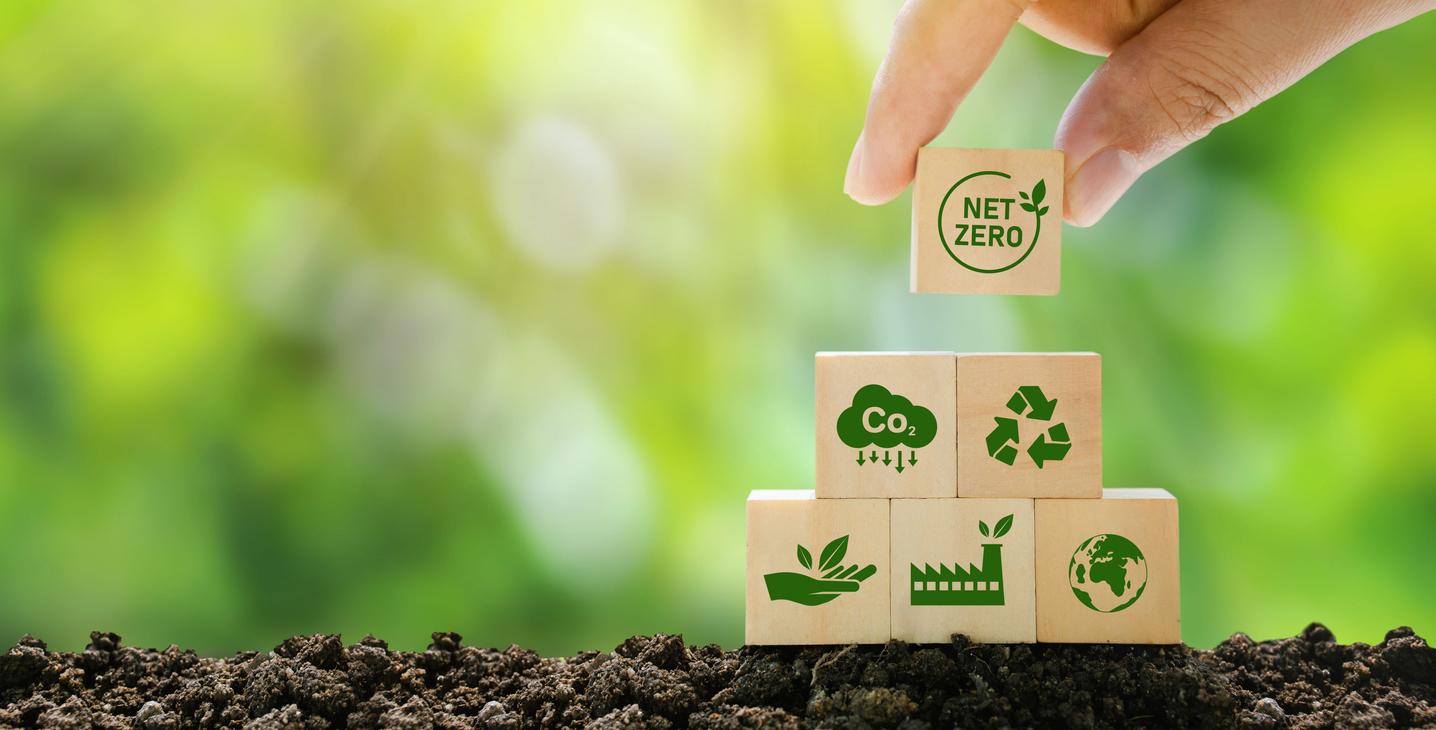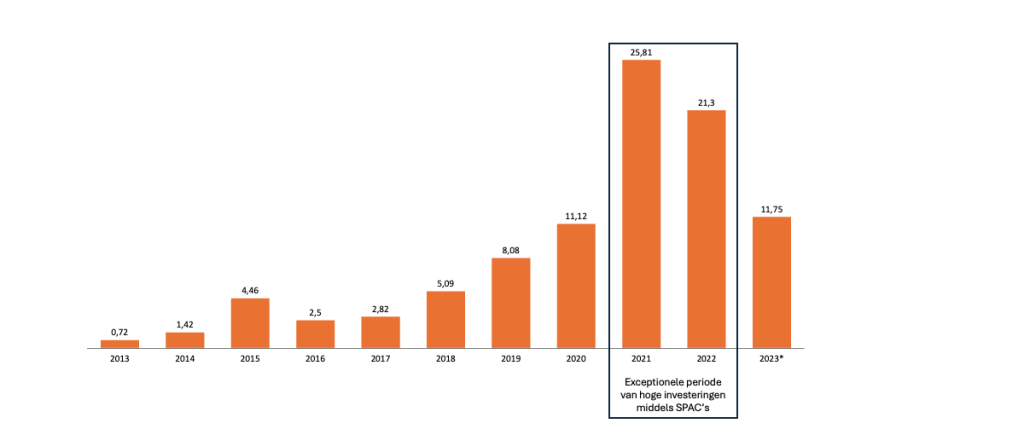News
The material transition is necessary
We have only one planet and are structurally taking more from the earth than it can give in the long run. In addition to the energy transition, more attention is also needed for the materials transition, which helps reduce dependence on fossil raw materials and relies on renewable resources. This requires the development of new sustainable materials and innovative production methods, with recycling and reuse at the center.

We have only one planet and currently we are structurally taking more from the earth than it can give in the long run. There are major challenges in the areas of climate change, biodiversity, environmental pollution and security of supply. Therefore, in addition to the energy transition, more attention is needed for the materials transition.
The materials transition contributes greatly to the reduction of dependence on fossil raw materials and bets on renewable raw materials. New sustainable and safe materials and other methods of making them must be developed.
Our current linear economy uses (fossil) resources in such a way that the residual products and waste are hardly suitable for circular use. Innovative methods must be developed and industrialized to make scalable products using recycling, biofuels and CO2 capture and use. This will allow us to phase out the use of fossil resources and turn to renewable resources.
Consumers' needs are not in the raw materials themselves, but in the products made from these materials and the properties these products offer. It is crucial to use materials differently by living less material-intensive, using what we already have, and not constantly extracting new raw materials.
A circular economy does require a lot of energy. The question remains whether enough affordable green energy will be available in the future to make this transition possible. The EU has set a goal of recycling 15 percent of critical raw materials by 2030. While reuse and repair contribute to this goal, these measures alone are not sufficient.
Within the chemical community (academic and industrial), work is underway on methods to build reuse into chemical products. Circular chemistry looks at both the waste and production sides. Currently, the lion's share of products are designed solely for their function. Developing products "circular by design" makes them easier to reuse and recycle. However, these processes are very complex, expensive, and time-consuming (the time-to-market is about 20 years), due in part to factors such as consumer behavior and marketing.
Although the urgency is widely recognized, capital flows are not yet sufficiently flowing toward material transition technologies. The biggest obstacles are the complexity of the matter and the long payback period, which will change significantly in the coming years due to scalability and laws and regulations.
JBR is stepping up its efforts to bridge the gap between investors and capital needs within the materials transition. In the near future, we will share short two-pagers in which we elaborate on various materials technologies and developments in the M&A market.
Climate technology investments in Europe (in EUR billions)
Source: State of Climate Tech 2023: Investment analysis | PwC
Contact the team personally
Would you like to spar with one of our experts? We are ready to talk with you.

Ronald van Rijn
Managing Partner JBR

Rogier Tigchelaar
Senior Consultant Corporate Finance

Frank Steenhuisen
Associate
